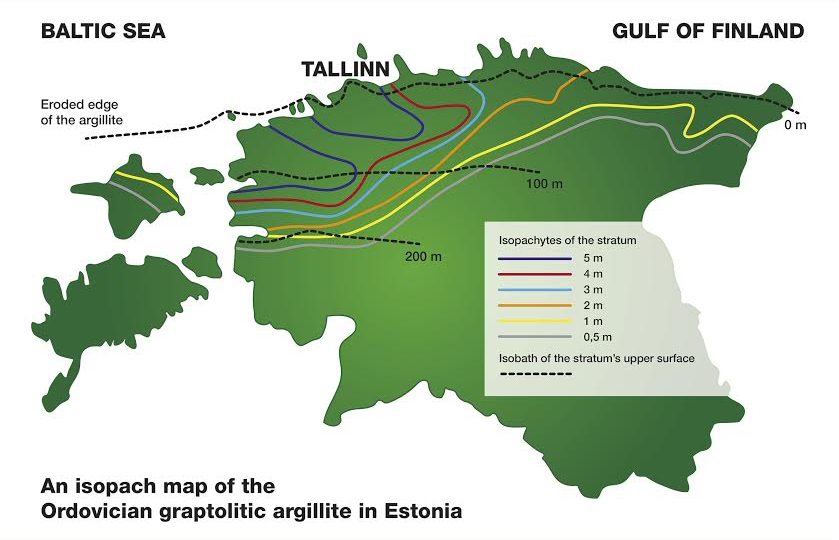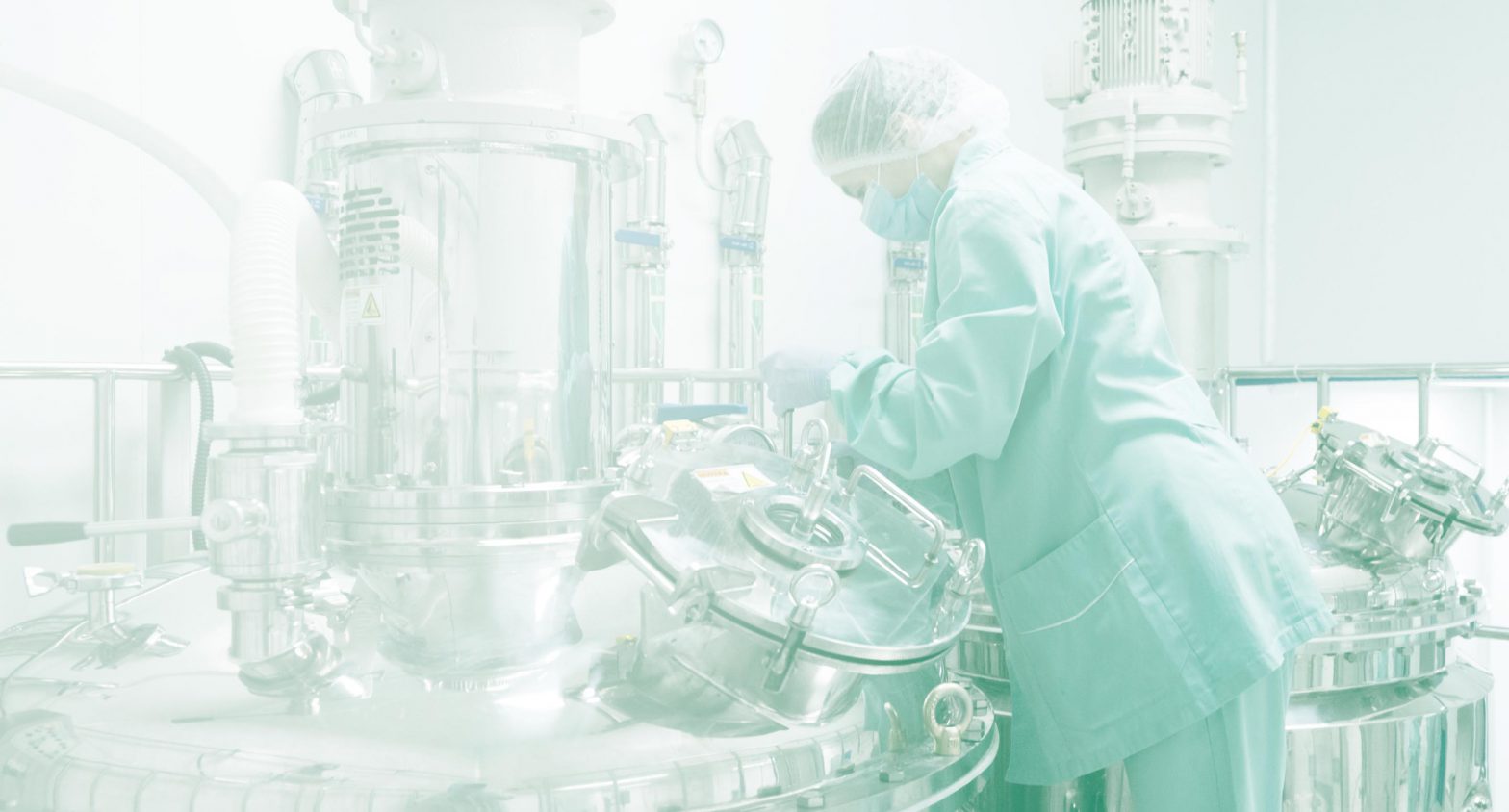The marine-type ore called argillite (also known as Graptollite-argillite GA or Dictyonema) is a brown lithified clay stone belonging to the formation of black shales of sapropelic origin. Argillite correlates with the Ordovician Alum Shale of central and southern Sweden and belongs to the extensive formation of the Cambrian-Ordovician black shales extending from Lake Onega in the east to the Jutland Peninsula in the west. It should be noticed that GA itself is not a black shale i.e. metamorphosed clay, but just hardened clay. The nick-name „dictyonema“ mostly used during the Soviet times comes from ore fossils mistakenly named Dictyonema flabelliforme, since 1980’ies given fossils have been shown to be member of Rhabdinopora genus.

Ore that contains 12-17% of organic matter, 4-6% of pyrite and an extensive list of metal compounds is found in Northern and North-Western part of Estonia on an area of about 11 000 km2 (that equals approx. quarter of
the republic); the estimated reserve is 65 billion tons @ density of 2,100 kg/m3.
The layers of GA are situated directly on the Europe’s biggest phosphorite deposit (~ 3 billion tons) and have been considered to be the biggest obstacles in mining the phosphorite due to missing efficient and
environmentally friendly technology for
processing the argillite.
Similarly to black shales GA is a poly-metallic ore with a variable proportion of sulphidic components. Valuable metal-bearing compounds are as sulfides or in are trapped in organometallic compounds named porphyrins. The economically most feasible metals found in argillite are: Uranium (~260 gr/t), Molybdenum (~450 gr/t), Vanadium (~840 gr/t), Rhenium (~0,2gr/t) and Nickel (~ 200gr/t). The ore also contains Zn, Cd, Cu, Au, As, Pb, etc.
Due to heavy metal content and the spontaneous combustion in contact with oxygen and water, GA is considered environmentally hazardous. In the reaction of pyrite oxidation heat will be generated. Organic matter will actively oxidize and the temperature can rise up to 1000-1500°C solubilizing the heavy metals.
Short overview of Graptolite Argillite
